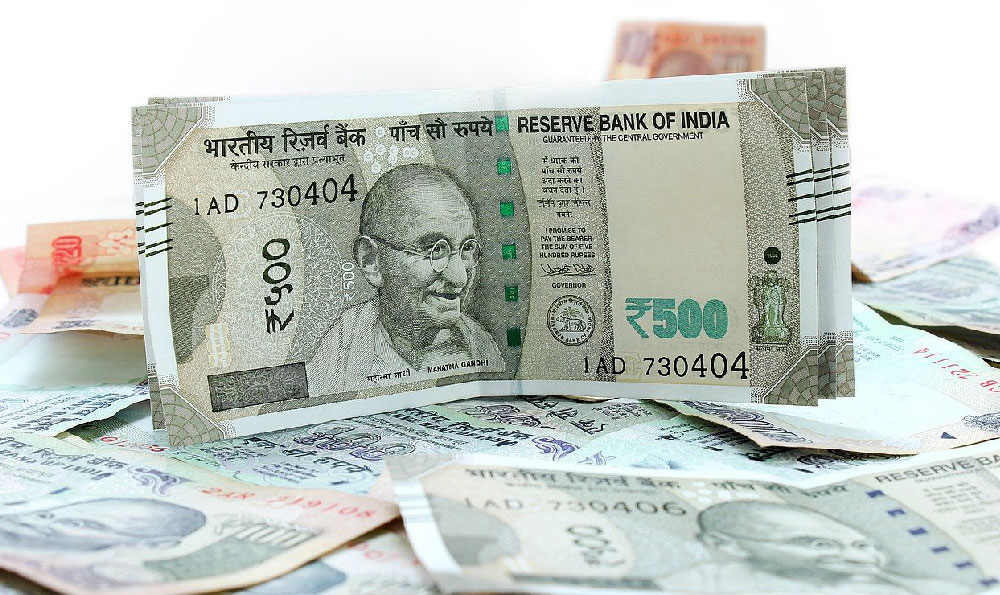The allure of YouTube is undeniable. The platform has spawned overnight celebrities, turned hobbies into viable careers, and offered a megaphone to anyone with a camera and an internet connection. One of the biggest questions for aspiring YouTubers, however, revolves around monetization: How much does YouTube really pay, and what kind of earnings are realistically achievable?
The honest answer is, "It depends." The income potential on YouTube is incredibly variable, influenced by a complex interplay of factors. There's no magic formula that guarantees riches, but understanding the contributing elements is crucial for setting realistic expectations and strategizing for success.
The primary avenue for earning on YouTube is through the YouTube Partner Program (YPP). This program allows creators to monetize their videos by displaying advertisements. For every 1,000 ad views, a creator earns a certain amount, referred to as the Revenue Per Mille (RPM). However, it’s important to differentiate RPM from CPM, or Cost Per Mille. CPM represents what advertisers pay YouTube for 1,000 ad impressions. RPM is the actual revenue that a creator receives after YouTube takes its cut.

The RPM is a dynamic number, heavily influenced by a multitude of factors. One significant factor is the niche or topic of the content. Some niches, like finance, technology, and business, attract higher-paying advertisers who are willing to spend more to reach their target audience. Content in these niches generally commands a higher RPM compared to entertainment or gaming content, where advertisers may be less willing to pay a premium.
Another crucial element is the audience demographics. Advertisers are more likely to pay a higher CPM to reach viewers in developed countries like the United States, Canada, the United Kingdom, and Australia. These audiences are often perceived as having higher disposable income and are therefore more attractive to advertisers. Consequently, channels with a significant proportion of viewers from these countries tend to earn higher RPMs.
Ad formats also play a vital role. YouTube offers various ad formats, including skippable video ads, non-skippable video ads, bumper ads (short, non-skippable ads), overlay ads, and display ads. Non-skippable ads generally command the highest CPMs, as they guarantee that viewers will see the entire advertisement. However, viewers often find these ads intrusive, which can lead to a negative user experience. The choice of ad formats must be carefully considered to balance revenue generation with viewer satisfaction.
The time of year also impacts ad revenue. Ad spending tends to peak during the fourth quarter (October to December) due to the holiday season. Businesses ramp up their advertising efforts to capitalize on the increased consumer spending during this period. As a result, YouTubers often see a significant increase in their RPM during the holiday season. Conversely, ad revenue tends to be lower in the first quarter (January to March) as businesses cut back on their advertising budgets after the holiday spending spree.
Beyond advertising, several other monetization strategies can significantly boost a YouTuber's income. One popular approach is affiliate marketing. Creators promote products or services in their videos and include affiliate links in the video description. When viewers click on these links and make a purchase, the creator earns a commission. Affiliate marketing can be particularly lucrative for creators in niches such as beauty, fashion, and technology, where they can showcase and recommend products that align with their audience's interests.
Another increasingly popular avenue for monetization is channel memberships. YouTube allows creators to offer channel memberships to their subscribers in exchange for exclusive perks, such as exclusive content, badges, emojis, and live chat access. Channel memberships provide a recurring revenue stream for creators and foster a stronger sense of community among their audience.
Selling merchandise is another viable option for monetizing a YouTube channel. Creators can design and sell branded merchandise, such as t-shirts, hoodies, mugs, and phone cases, through their own online store or through platforms like Teespring and Printful. Merchandise can be a significant source of revenue, particularly for channels with a strong brand identity and a loyal fan base.
Sponsorships and brand deals are also a significant source of income for many YouTubers. Companies pay creators to promote their products or services in their videos. Sponsorships can range from simple product mentions to more elaborate integrated campaigns. The amount a creator can charge for a sponsorship depends on factors such as the size of their audience, their engagement rate, and the relevance of their content to the brand's target audience.
Finally, crowdfunding platforms like Patreon allow viewers to directly support their favorite creators by pledging a recurring monthly amount. In exchange, creators typically offer exclusive content or perks to their patrons. Crowdfunding can provide a stable and predictable source of income for creators, allowing them to focus on creating high-quality content without having to rely solely on ad revenue.
So, to return to the original question: How much can you earn? It's impossible to give a definitive number. A small channel with a few thousand subscribers in a less lucrative niche might earn only a few dollars per month. A larger channel with millions of subscribers in a high-paying niche could earn tens of thousands, or even hundreds of thousands, of dollars per month.
The key to maximizing earning potential on YouTube lies in several key strategies. First, focus on creating high-quality, engaging content that resonates with your target audience. Second, optimize your videos for search to increase visibility and attract more viewers. Third, diversify your monetization strategies by exploring options such as affiliate marketing, channel memberships, merchandise sales, sponsorships, and crowdfunding. Fourth, engage with your audience and build a strong community around your channel. Fifth, be patient and persistent. Building a successful YouTube channel takes time and effort.
Finally, always remember that YouTube is a constantly evolving platform. Stay up-to-date with the latest trends and best practices, and be willing to adapt your strategies as needed. Success on YouTube is not guaranteed, but with hard work, dedication, and a strategic approach, it is certainly achievable. Building a sustainable and profitable YouTube channel requires more than just uploading videos. It demands a business mindset, a deep understanding of the platform, and a commitment to providing value to your audience.












